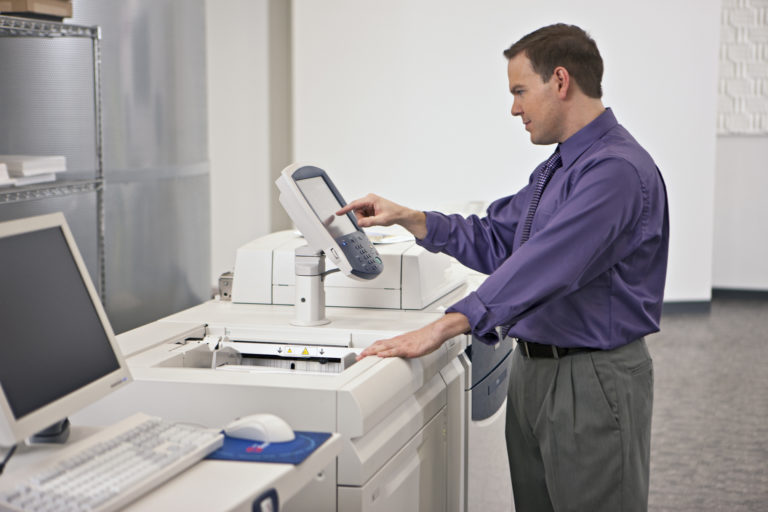Written by Howard Fenton
Senior Technology Consultant
NAPL

InfoTrends recently published a study entitled “Print Vs. Non-Print: InfoTrends Analyzes the True Cost of Business Communications.” What was most interesting was the conclusion that in many companies the non-print costs are typically higher than the actual print costs. They conclude that this is a common occurrence in companies where older methods are used.
The study focuses on enterprise-based printing but it is just like a concept used by print service providers of calculating the Total Cost of Operation or TCO. TCO is an important metric in calculating the total cost of a specific job and when you try to cost justify certain software investments such as Print MIS or web-to-print solutions.
Why? Because Print MIS systems and web-to-print solutions automate “soft” functions such as estimating, scheduling, tracking, and billing. The tangible or hard costs include printing, finishing, shipping, storing, and fulfillment. The soft or intangible costs include the design, composition, editing, project management, and administration.
Just as the InfoTrends study found that soft costs can be as significant or more than hard costs in the enterprise, the soft costs for print service providers can also be significant. Tracking jobs, just like estimating, scheduling, customer service, and billing are soft costs. If we just look at the cost of tracking jobs (as they go through the company) we could calculate the cost with this formula.
10 Minutes/Job x 50 Jobs/Day = 500 Minutes x $30/Hr = $250/Day
$250/Day x 19 Work Days/Month = $4,750/Month x 12 = $57,000/Year
One of the misconceptions in our industry is the assumption that a “click cost” is a total cost. While it’s true that click cost often includes the maintenance it does not include the capital investment, the paper, the cost for labor, and the costs for overhead.
Why is TCO important? Because if you understand TCO then you create more accurate estimates and are able to cost justify the advantages of automating the process.
If you enjoyed this post, you may also be interested in:
- Four Web-to-Print Issues You need to Overcome
- When Will Web-to-Print Cross the Chasm
- Is Digital Printing Killing Offset Printing?
- Bolstering the Bread-and-Butter Production Role of Black-and-White Printers
- In-Plant Professionals were In-the-House, Sharing Strategies to take Business to the Next Level
—
Howard Fenton is a consultant and business advisor at NAPL. Howie advises commercial printers and in-plants on benchmarking performance against industry leaders, increasing productivity through workflow management, adding and integrating new digital services, and adding value through customer research.



This is short but a very informative generalization. Nice Article indeed.